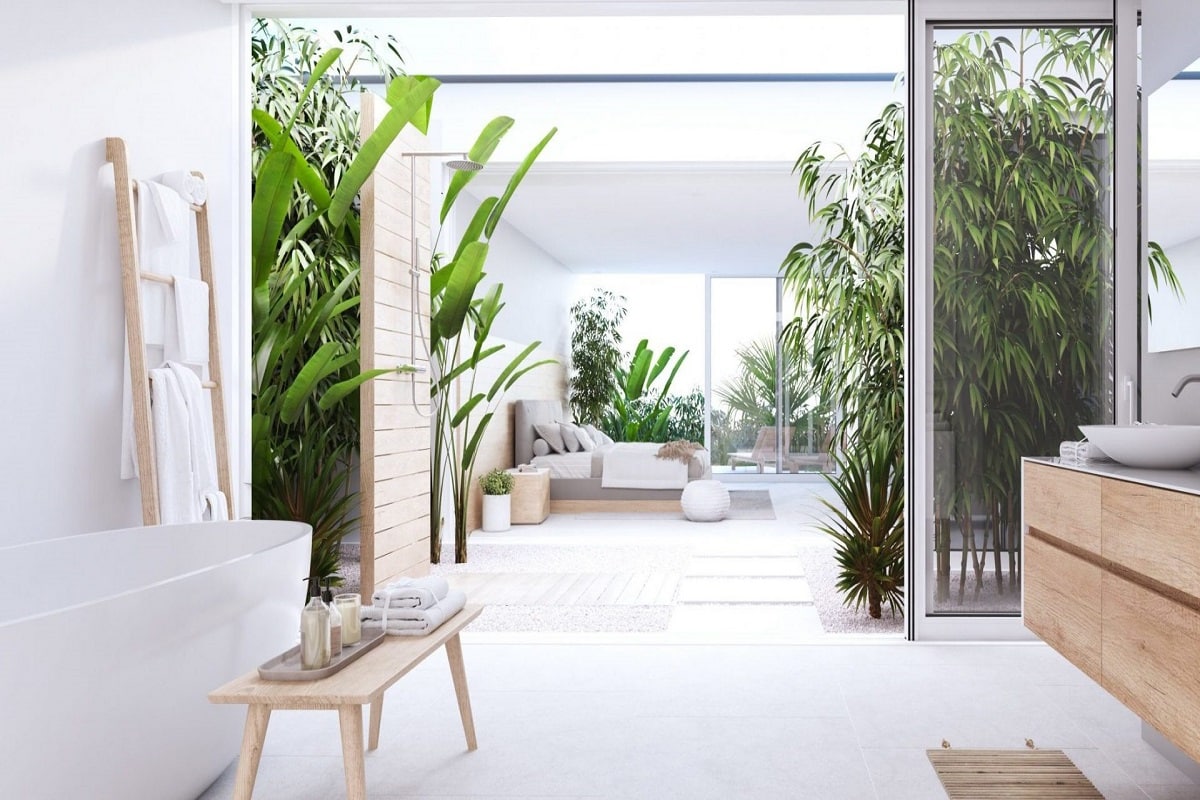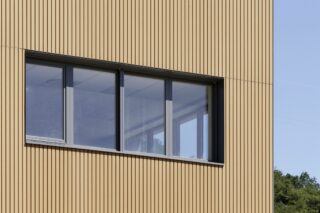With so many of us spending so much more time in our own four walls since the onset of the COVID-19 pandemic, the concept of having healthier homes has never been more important. This article was first published on our sister news website MedicalExpo e-magazine.
At the recent CES 2021 digital tech event, experts took part in a conference session entitled “Healthy Buildings, Healthy Lives” to consider what it would take for the wider implementation of smart technologies to improve occupant wellbeing. Michael Don Ham, co-founder and CTO of Pure365, which focuses on air and water filtration systems, said:
“Buildings have been under-ventilated for a long time and now we are feeling the effects of that because we have aerosolized viruses in the air. Post-Covid we might be spending 95% plus of our time indoors, which makes it that much more important that we are focusing on the health of our environment.”
Connected Homes
More homes now incorporate sensors, smart controls and hardware for fresh air ventilation and advanced humidity control. He added:
“These are all important aspects of indoor air quality. It is very early in the game, but I think that over time things will really improve, especially when it comes to keeping CO2 levels and ultra-fine particulates down to really impact the health of the occupant.”

Jordan Sun, chief innovation officer, City of San Jose, agreed it was important to focus on the healthy “buildingomics” of good ventilation, thermal health, and moisture and dust removal. Sensors could be used to gather data and control systems but while some homes were still without internet access there would always be disparities in access to required technology.
He said:
“It starts with connectivity—getting people access to broadband internet—and then it builds on that with an IoT network. But when we think about the whole model, we need to make it good for business and good for investors.”
Spending or Investing?

Todd Boucher, principal at Leading Edge Design Group, agreed that as well as gathering data on how healthy buildings are, it was important to invest in implementation. He explained:
“The greatest impact to unlock the value of all the technologies we are talking about is the utilization of data analytics, machine learning and artificial intelligence. Historically there has been a dichotomy between building performance and occupant experience. If you are trying to prioritize building performance through sustainability or energy efficiency that often comes at the sacrifice of occupant experience or comfort. But I do believe that the right use of data and the right data intelligence strategy can bridge that gap.”
Cost will always be an issue, however, so there has to be a significant return on investment for stakeholder companies and consumers alike. Michael Don Ham from Pure365 observed:
“To create a healthy building costs money. You can install advanced filtration systems to remove pollen and pollution from the air coming in, but to bring fresh air in from outside uses energy. As technologies advance, we can find an optimal level for focusing on the health of the occupant while keeping energy levels low. We also need to talk a lot more about any costs being an investment and not an expense.”
He added:
“Healthier buildings mean more productivity and fewer sick days for a company, while for the individual it will pay back later on in life. They are more likely to have a long and healthy life and to continue to be able to do things well into an advanced age.”












